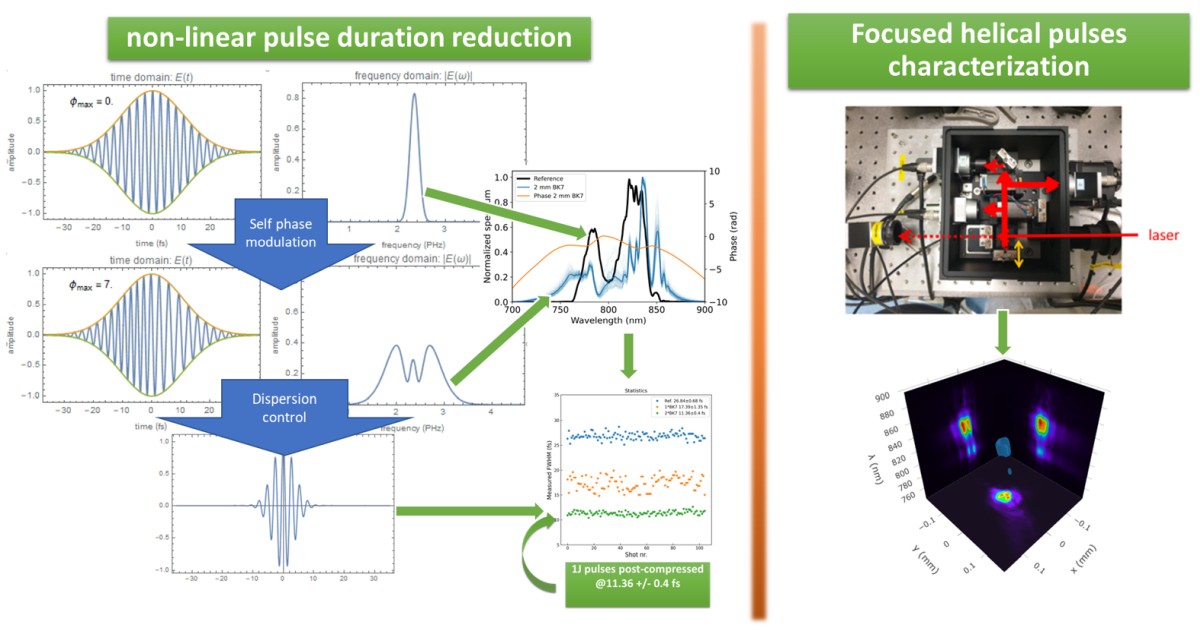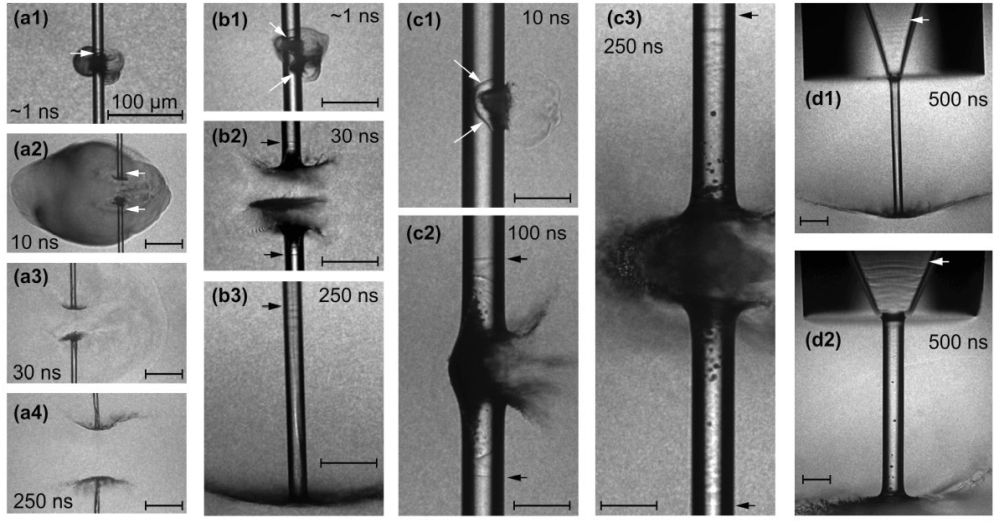Ultrashort structured light pulses: vortex pulses, post-compressed pulses, spatio-temporal couplings
High-intensity lasers, capable of achieving extreme energy concentrations, open the door to groundbreaking physics experiments that were once thought impossible. From table-top prototypes to monumental laser systems spanning the size of sports arenas, this relentless progress embodies humanity's quest for mastery over light. Control of the spatio-temporal distortions in the ultrashort pulses, the non-linear modulation of light, adaptive optics and revolutionary beam profiles like vortex-driven orbital angular momentum beams promise untapped potential, shaping a brighter, laser-powered future. The key to unleash the future is the simulation, measurement and control of these complex pulses.




